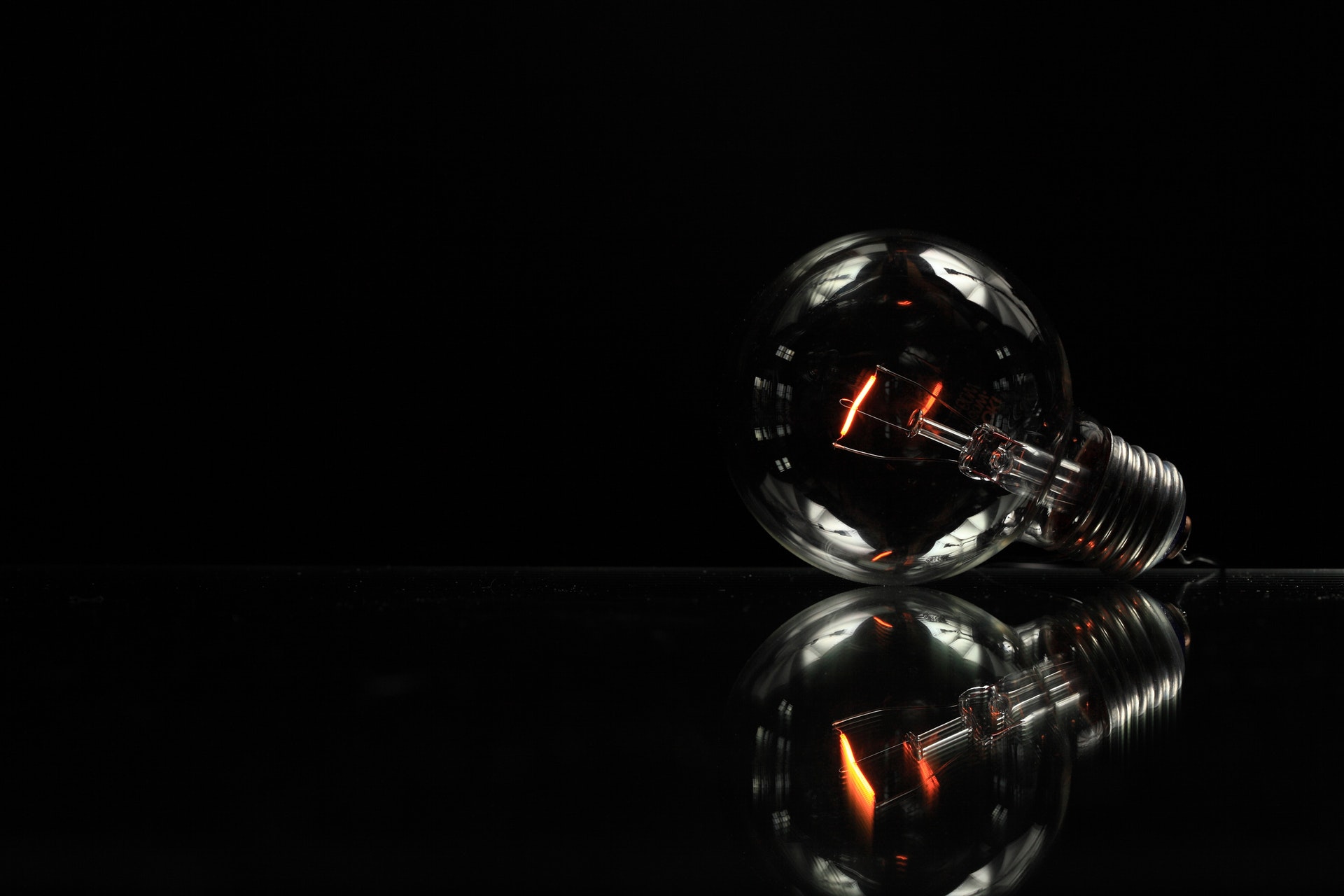
Helpful Free Advice From S B Electrical
Safety In The Bathroom
Water conducts electricity very well, however if the two mix the result could be deadly. Electrical safety in the bathroom is crucial as it is probably the most dangerous room in your home when it comes to potentially deadly electric shock. Wet skin after taking a bath or shower reduces the body's resistance making the consequences of an electric shock far more severe.
There are special requirements for electrical installations in bathrooms as most electrical work must comply with Part P of the Building Regulations.
Sockets
Sockets are not allowed in bathroom or shower rooms unless they can be installed three metres or more from the bath or shower. Electric shaver sockets can be installed but must be a safe distance from the shower or bath to avoid splashes.
Lights
Lights should be enclosed and preferably not hang down. All light fittings, that are not enclosed , should be out of reach of somebody using, or who is still wet from using, the bath or shower.
Heaters and electric towel rails
By far the best way to heat your bathroom or shower room is the existing central heating. Electric heaters can be installed but must be a safe distance from the bath or shower and must be fixed and permanently wired, unless they are using a socket outlet three metres or more from the shower or bath. Switches outside the bathroom or shower room are the best solution to control electric heaters.
Showers
A dedicated circuit directly from the fusebox must be supplied for electric showers.
Portable appliances
Mains-powered portable appliances such as radios, hairdryers and heaters should never be used in a bathroom or shower room. You could be severely injured or killed.